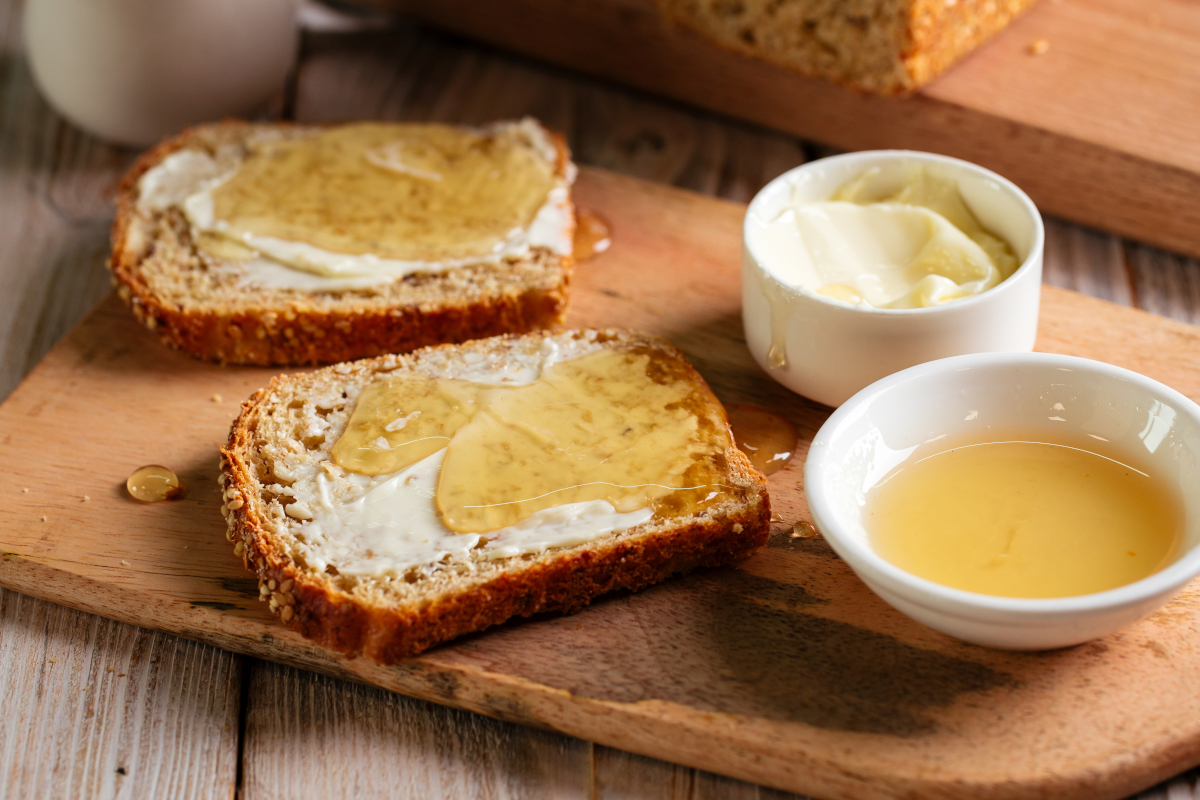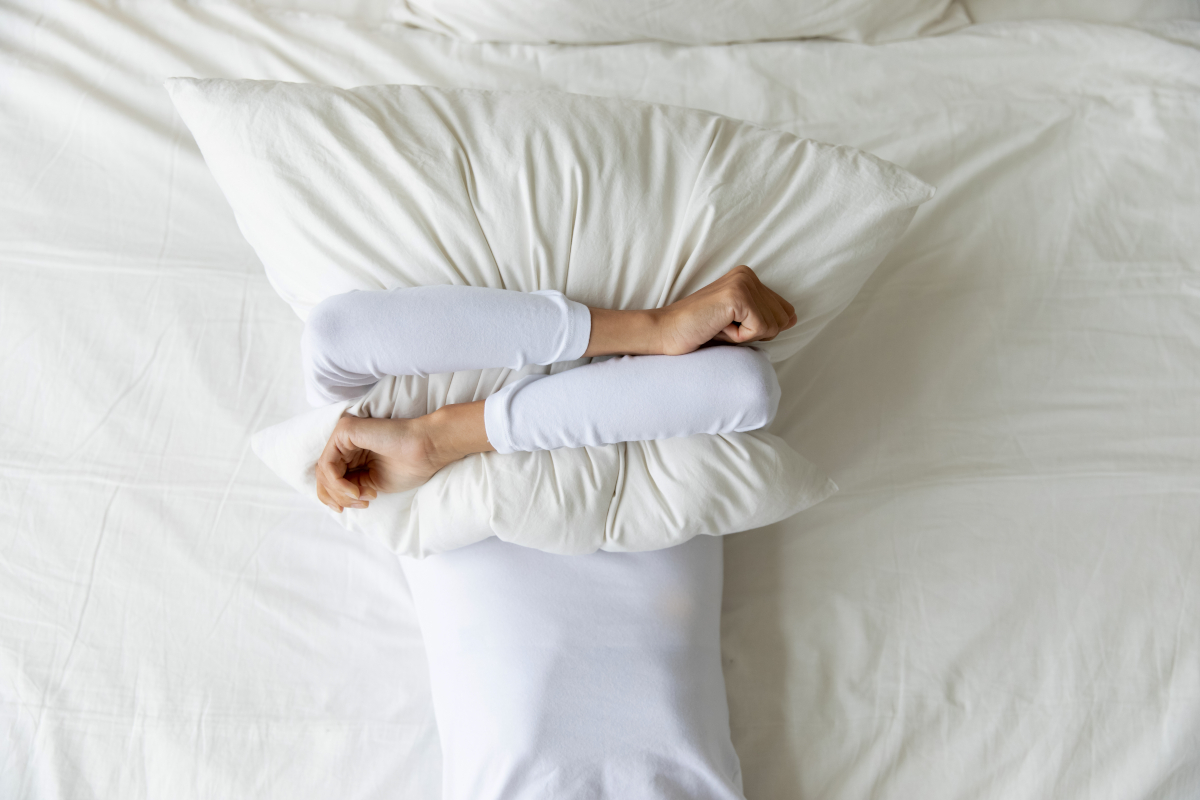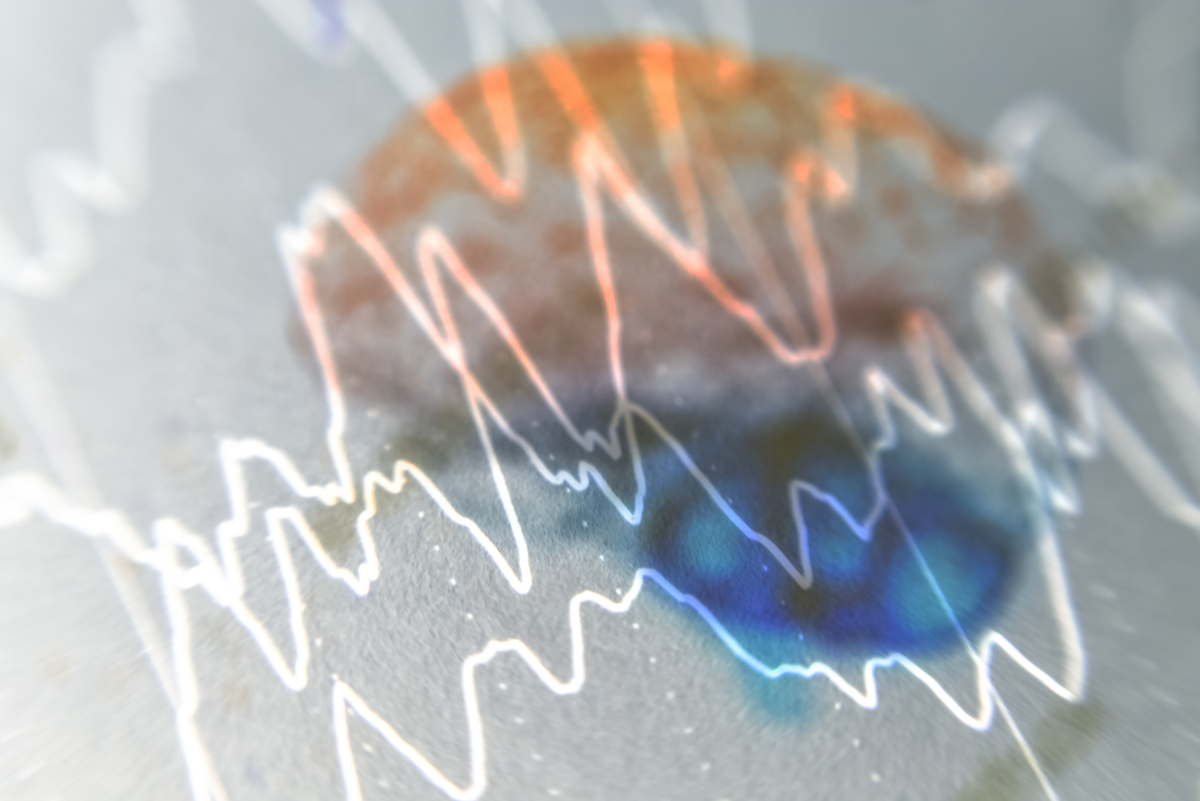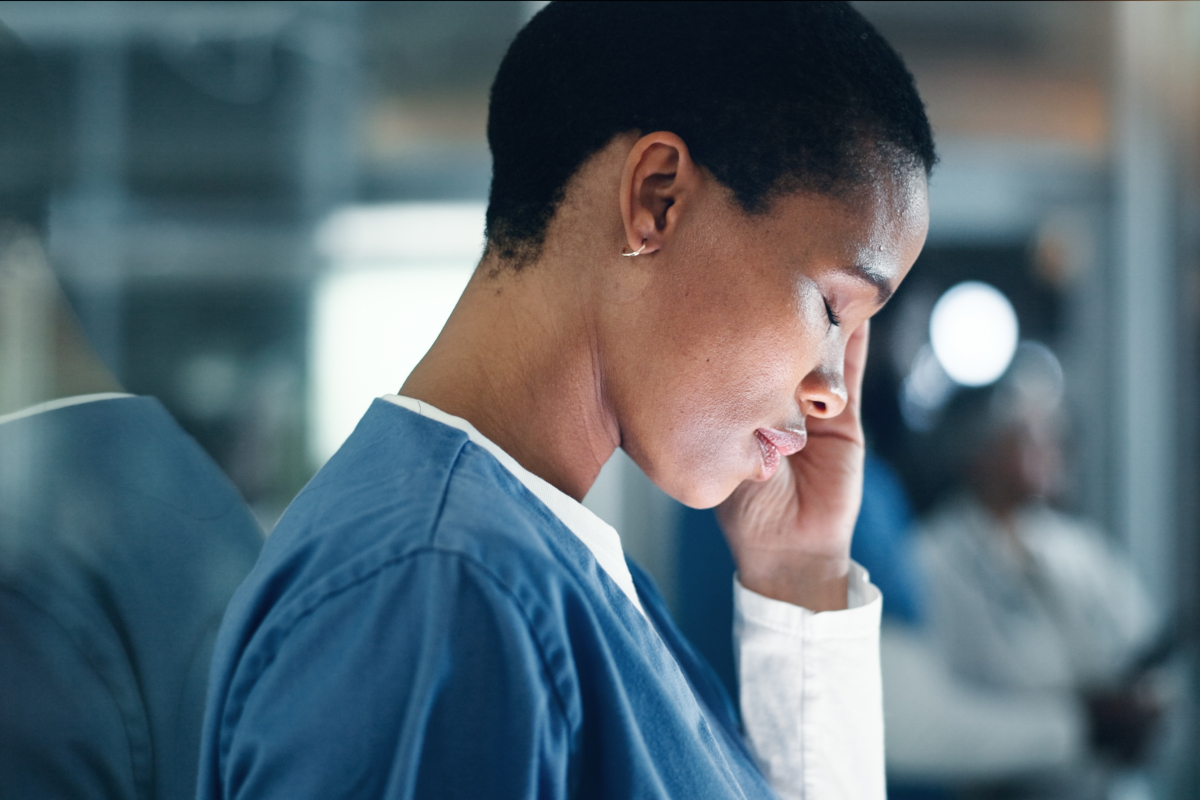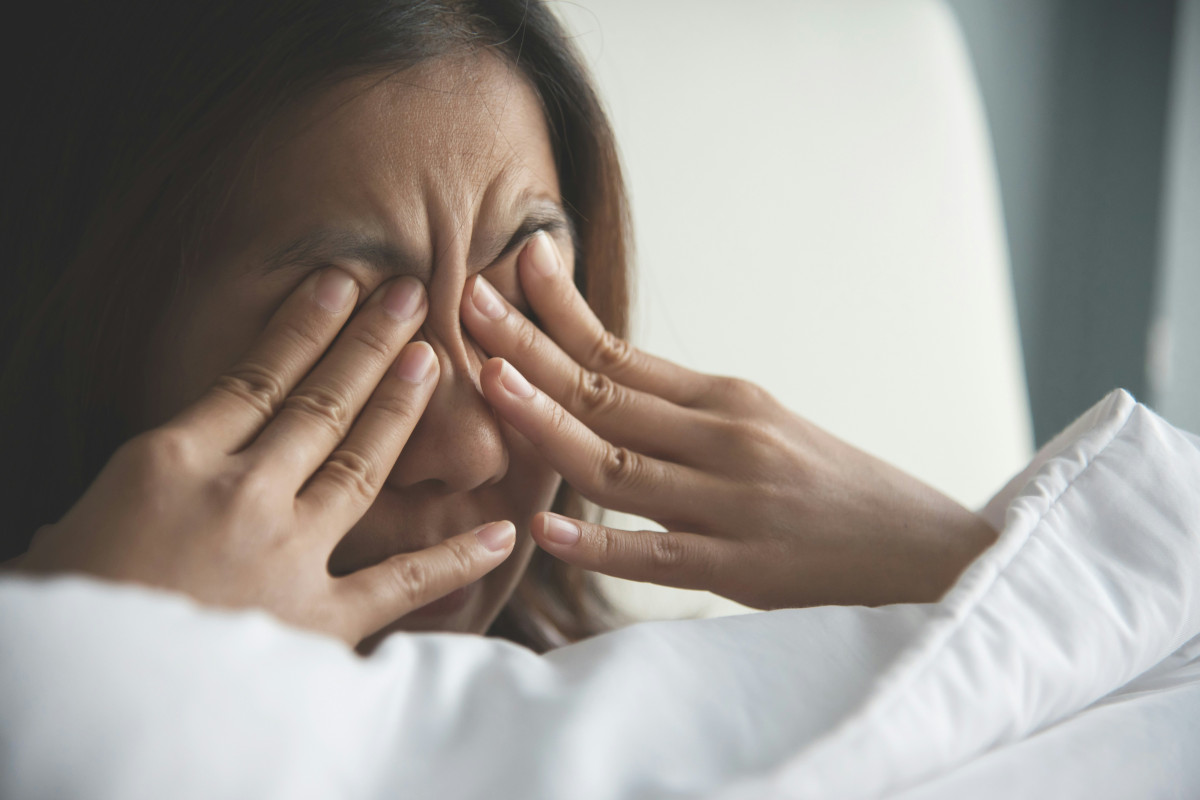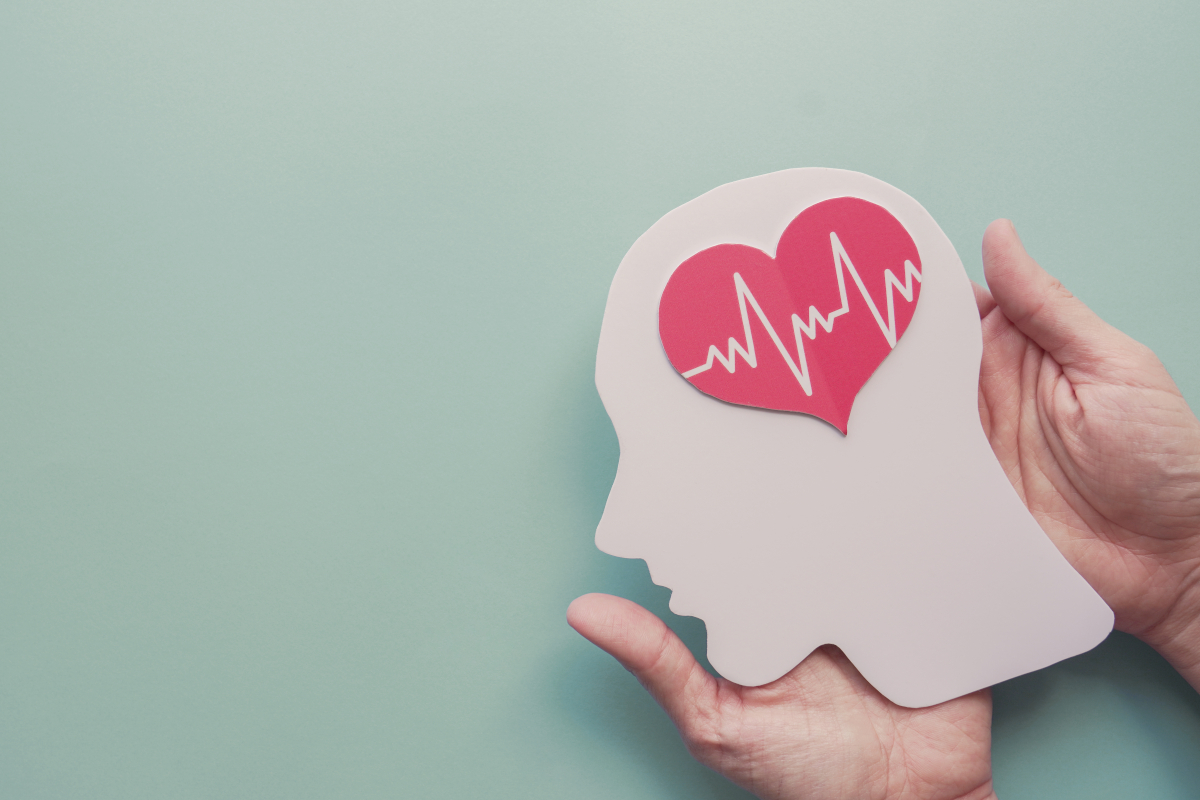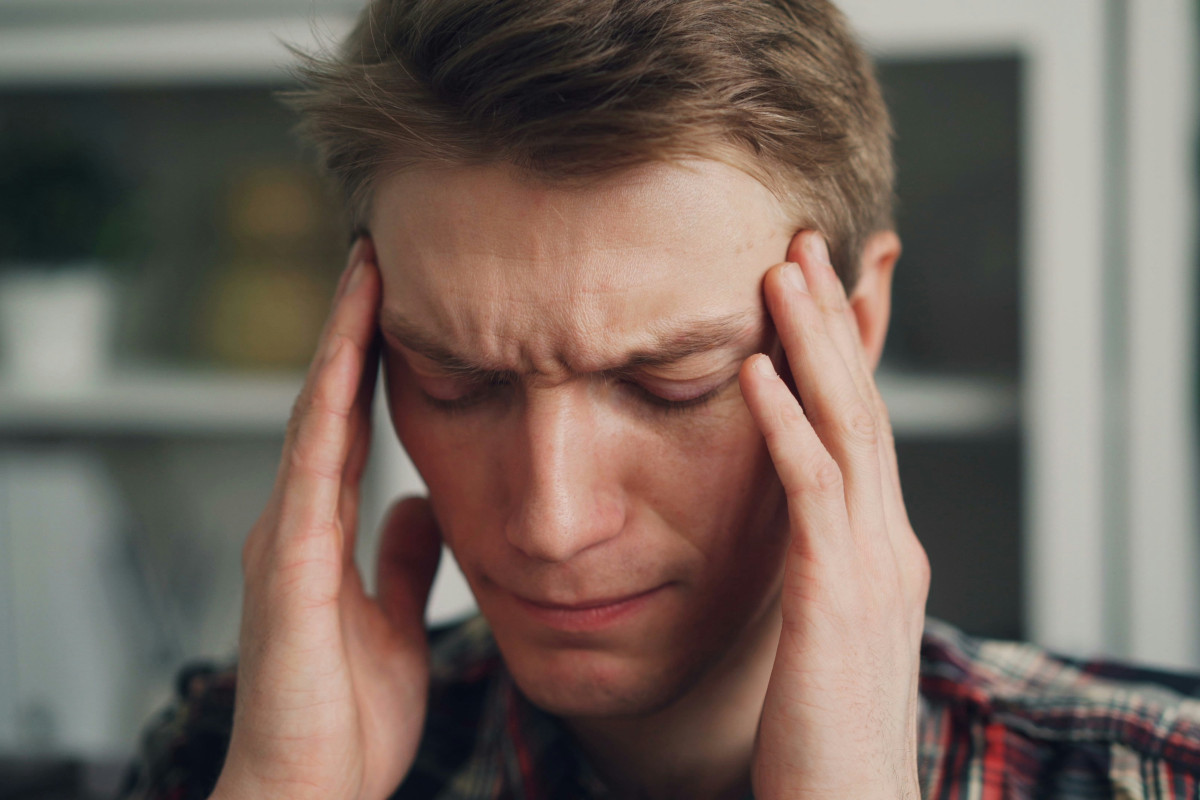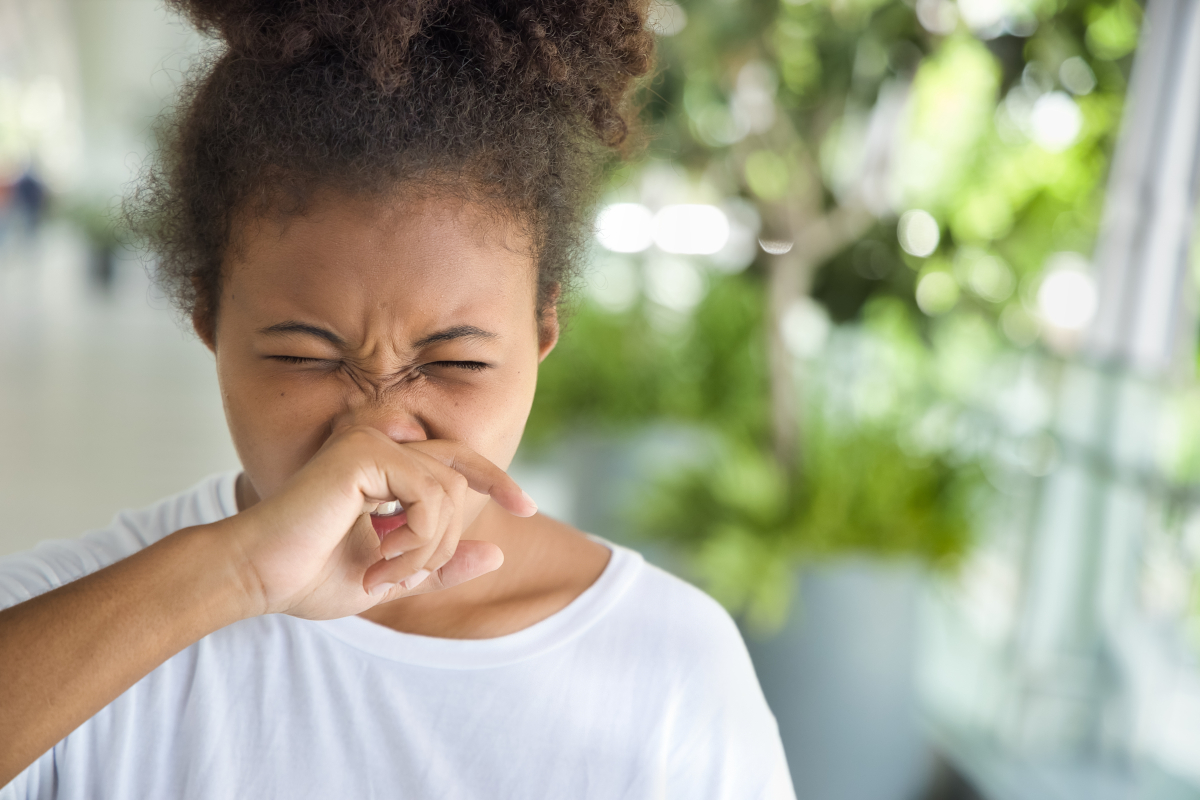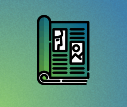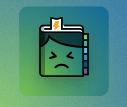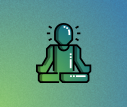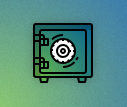Headache myths: what’s the real deal?
Headaches affect almost everyone. After all, nearly everyone experiences headaches in one form or another. Quite a few people are plagued by them regularly or even daily. Headaches are a widespread, worldwide problem, so it’s not surprising that there are so many widely-held false beliefs around what causes them. In this article, we take a look at some “classics” from this collection of headache myths and see if there’s any truth in them.
-
References
Barbanti P, Egeo G, Aurilia C, Fofi L. Treatment of tension-type headache: from old myths to modern concepts. Neurol Sci. 2014 May;35 Suppl 1:17-21. doi: 10.1007/s10072-014-1735-3. PMID: 24867829.
Ellerbrock, I. et al.: Microstructural and Network Abnormalities in Headache.In: Current Opinion in Neurology 26, S. 353–359, 2013
Hoffmann J, Lo H, Neeb L, Martus P, Reuter U. Weather sensitivity in migraineurs. J Neurol. 2011 Apr;258(4):596-602. doi: 10.1007/s00415-010-5798-7. Epub 2010 Oct 24. PMID: 20972799; PMCID: PMC3065635.
Kimoto K, Aiba S, Takashima R, Suzuki K, Takekawa H, Watanabe Y, Tatsumoto M, Hirata K. Influence of barometric pressure in patients with migraine headache. Intern Med. 2011;50(18):1923-8. Epub 2011 Sep 15.
May, A.: Pearls and Pitfalls: Neuroimaging in Headache. In: Cephalalgia 33, S. 554–565, 2012
May, A.: Tut bei Kopfschmerzen das Gehirn weh? Spektrum der Wissenschaft Verlagsgesellschaft mbH.
Prince PB, Rapoport AM, Sheftell FD, Tepper SJ, Bigal ME. The effect of weather on headache. Headache. 2004 Jun;44(6):596-602.
Spigt, M. et al.: A randomized trial on the effects of regular water intake in patients with recurrent headaches. Family Practice, Vol. 29, Issue 4, 08/2012, S. 370-375.
Stankewitz, A. et al.: Trigeminal Nociceptive Transmission in Migraineurs Predicts Migraine Attacks. In: The Journal of Neuroscience 31, S. 1937–1943, 2011
Wöber C, Holzhammer J, Zeitlhofer J, Wessely P, Wöber-Bingöl C. Trigger factors of migraine and tension-type headache: experience and knowledge of the patients. J Headache Pain. 2006 Sep;7(4):188-95. doi: 10.1007/s10194-006-0305-3. Epub 2006 Aug 11. PMID: 16897622; PMCID: PMC3476072.
Wöber C. Alkohol und Käse, Wetter, Stress und Menstruation: Was sind echte Kopfschmerztrigger? [Trigger factors in headache and migraine: myths and facts]. MMW Fortschr Med. 2012 Feb 9;154(2):65-7. German. doi: 10.1007/s15006-012-0111-6. PMID: 22352256.

